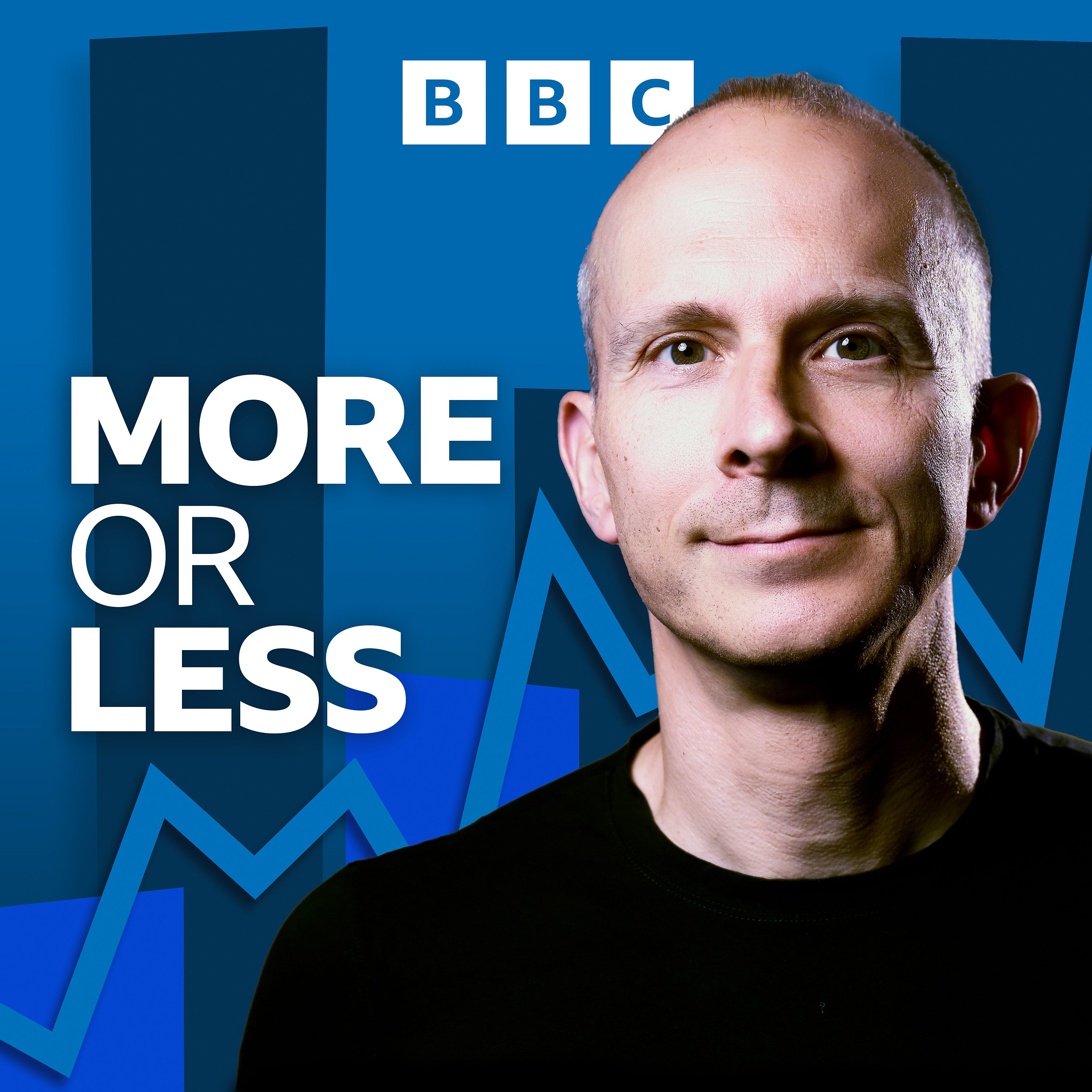
Plastic Bags
More or Less: Behind the Stats
The Government says that since the introduction of the 5p fee for single use plastic bags their use has plummeted. We take a look at the numbers.
Olympic Medals at Rio 2016 The Olympic Games are with us again. So how can we use statistics to predict how many medals each nation will win? We speak to Dr Julia Bredtmann, an economist at the Leibniz Institute for Economic Research.
Income inequality Politicians and commentators often claim that the rich are getting richer while the poor are getting poorer. But what do the numbers actually tell us about income inequality in the UK? Tim Harford interviews Jonathan Cribb of the Institute for Fiscal Studies, the co- author of a comprehensive analysis of Living Standards, Income Inequality and Poverty in the UK.
Desk of Good News – Maternal mortality rates The number of women dying in childbirth is falling around the world. In 1990, maternal mortality rates were 385 deaths per 100,000 live births Today there are 216 deaths per 100,000 live births. This means the death rate is down by nearly half.
The Coastline Paradox Why is it so difficult to measure coastlines? The further you zoom into the detail of a coastline, the longer it becomes. This is referred to as ‘The Coastline Paradox’. We speak to Mairi Walker, a mathematician at the University of Edinburgh, and Danny Hyam, from The Ordnance Survey - the UK government agency responsible for mapping our coastlines.
Next Episodes

WS More or Less: Odd Socks and Algorithms @ More or Less: Behind the Stats
📆 2016-08-01 13:00 / ⌛ 00:09:30

The Supermarket Effect @ More or Less: Behind the Stats
📆 2016-07-29 18:00 / ⌛ 00:24:01

WS More or Less: Ireland’s Shock GDP figures @ More or Less: Behind the Stats
📆 2016-07-23 00:00 / ⌛ 00:09:23

WS More or Less: Violence, shootings and the police in the US @ More or Less: Behind the Stats
📆 2016-07-16 00:00 / ⌛ 00:09:21

WS More or Less: Sleeping: the 8-hour myth @ More or Less: Behind the Stats
📆 2016-07-09 00:00 / ⌛ 00:09:23